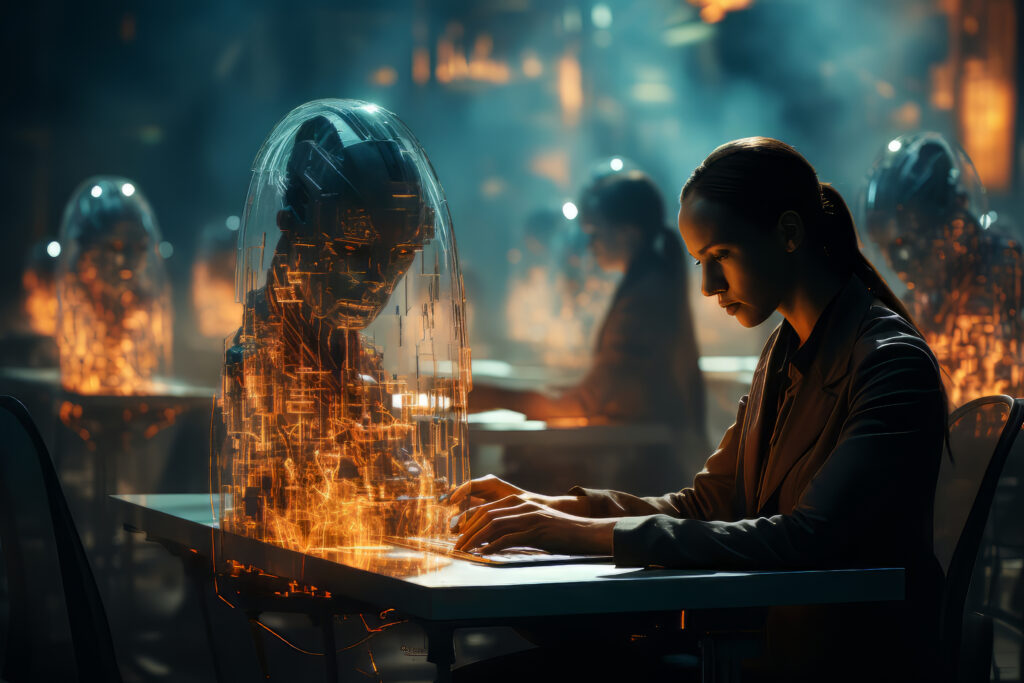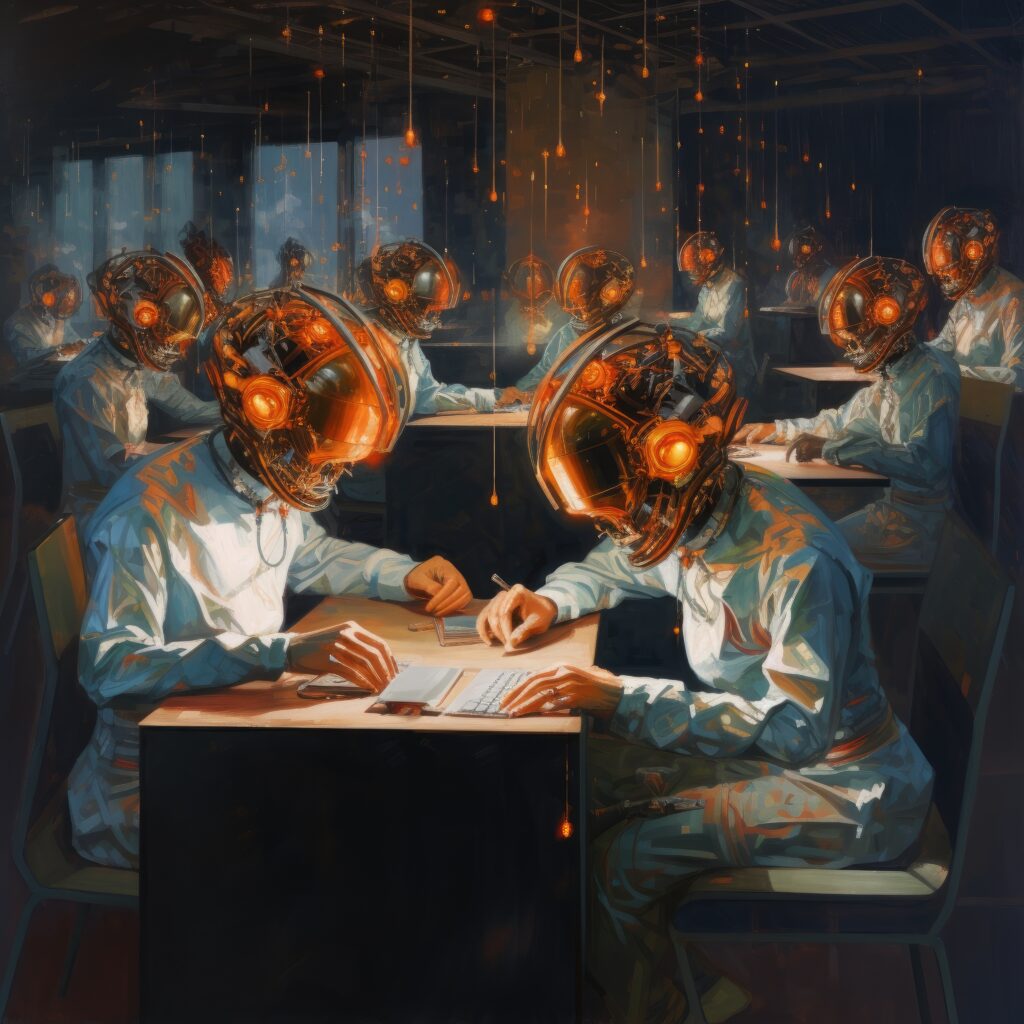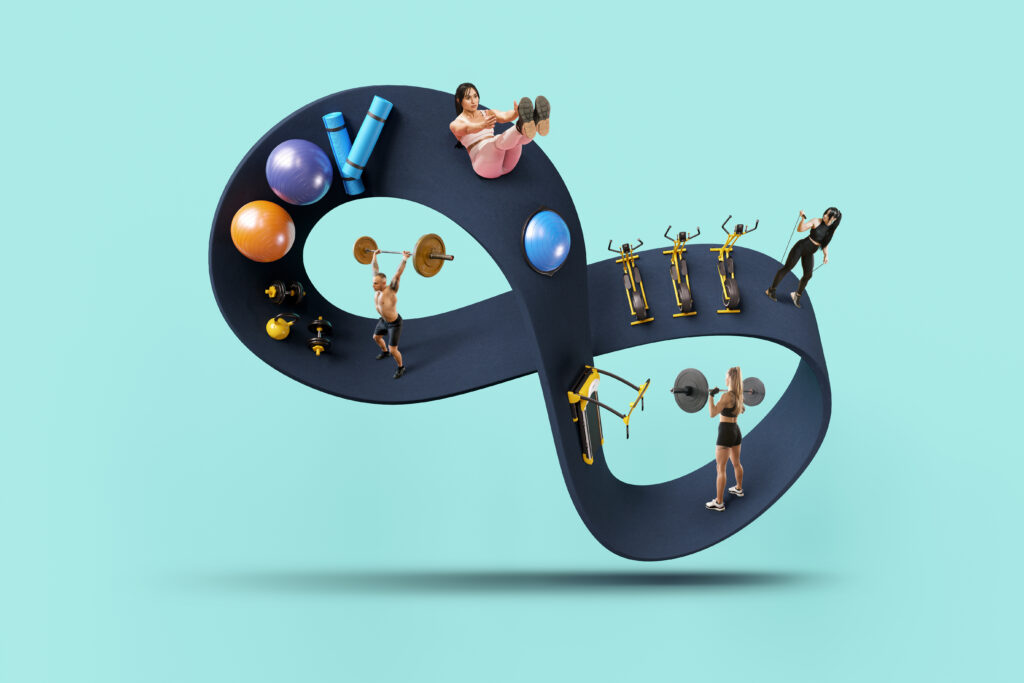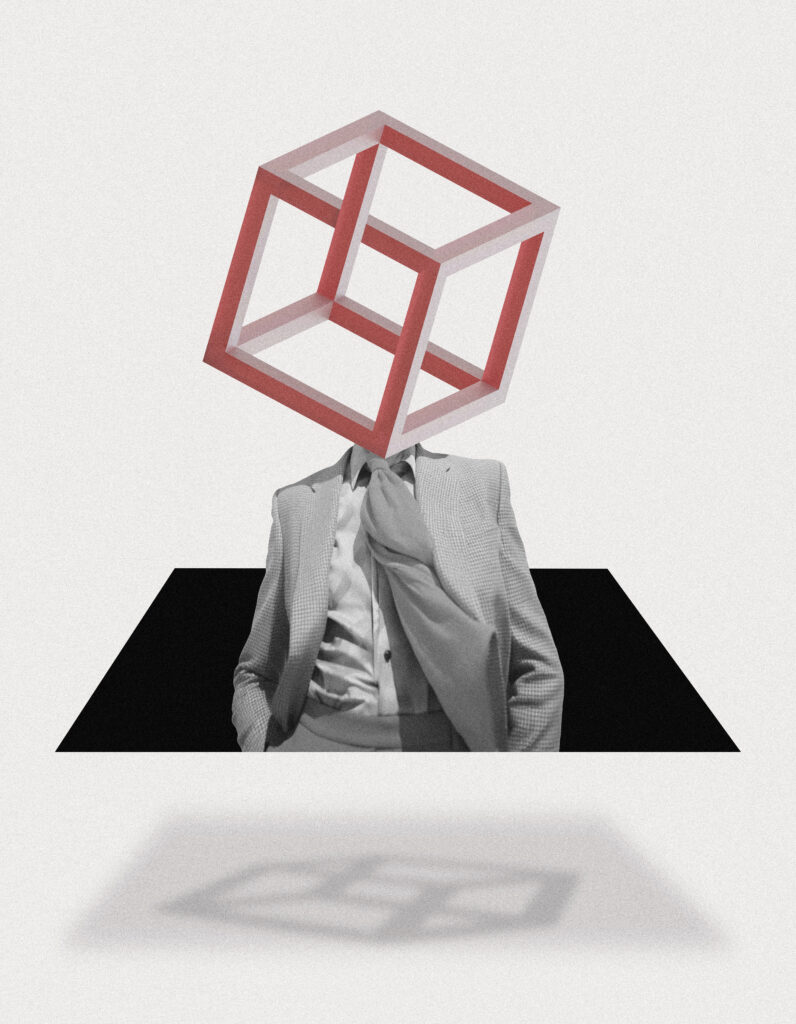Addressing Licensing Challenges in AI Artworks
In the burgeoning field of artificial intelligence, the advent of AI-generated artworks presents a novel set of challenges and opportunities within intellectual property law. The question of navigating the licensing of such works is multifaceted, touching on copyright infringement issues, the determination of authorship, and the intricacies of using potentially unlicensed content within the AI’s training datasets.
These hurdles necessitate a nuanced approach to ensure that the rights of all stakeholders are acknowledged and protected. As lawmakers and creators alike grapple with these issues, the imperative to establish clear guidelines becomes increasingly apparent. The path to resolution promises to be as intricate as the artworks in question, requiring a careful balance between innovation and the safeguarding of intellectual property rights.
The ensuing discussion seeks to unravel the complexities of this modern problem, guiding stakeholders through the labyrinth of legal considerations that stand at the intersection of technology and creativity.
Key Takeaways
- Navigating licensing agreements for AI-generated artworks can be complex and requires discernment due to the unique nature of AI.
- Obtaining licenses and permissions for AI-generated artworks is crucial to ensure compliance with copyright regulations.
- Properly attributing the original creators of the underlying data used by AI is essential to avoid copyright claims.
- Compliance with licensing agreements and restrictions is essential to ensure AI-generated artworks’ legal and ethical use.
Understanding Copyright Laws

In intellectual property law, the status of AI-generated artworks presents a complex challenge as current copyright frameworks are built around human authorship. Copyright law traditionally recognizes the rights of human creators. Still, as generative AI systems become more prevalent, especially in creating works online, delineating ownership and training generative AI with existing copyrighted materials raise critical issues of copyright infringement and fair use.
The U.S. Copyright Office’s stance, as evidenced in the Thaler v. Perlmutter case, emphasizes that copyright protection is not afforded to the outputs of AI in isolation. This position underscores the necessity for a human element—such as selection, arrangement, or modification—in the creative process to qualify for copyright registration. The guidance suggests that intellectual property law is currently ill-equipped to manage the nuances of AI creativity, particularly when the training data itself could be a subject of copyright claims.
To navigate these legal complexities, stakeholders must analyze how generative AI systems rely on pre-existing copyrighted works and the degree of originality imparted by human collaborators. In doing so, they can better assess the potential for copyright protection and mitigate the risk of infringement, ensuring a balance between innovation and the rights of copyright holders.
Identifying the Creators

While copyright frameworks grapple with the intricacies of AI’s role in creativity, a critical task is pinpointing the creators behind AI-generated artwork to determine the rightful claimants to legal protections. In the case of AI-generated works, the creator is not a singular entity but a collaborative force of human ingenuity and artificial intelligence capabilities. For example, the generative model of Stable Diffusion, developed by Stability AI, has facilitated the creation of numerous artworks, yet the determination of authorship remains contentious.
When AI, like Stable Diffusion, is employed by artists such as Kris Kashtanova in producing a graphic novel ‘Zarya of the Dawn,’ questions arise regarding whose work must be credited. Is it the programmer, the artist, or the AI itself? As per current legal understanding, the artists whose creative vision guides the output are considered the creators. However, this does not negate the AI’s role but emphasizes that human intervention is crucial in the creative process.
The work must demonstrate substantial human input to establish ownership, often a legal prerequisite for copyright claims. As such, while AI contributes significantly to the creative process, the legal framework continues to recognize and protect the contributions of human creators whose work is embodied within AI-generated pieces.
Navigating Licensing Agreements

Navigating licensing agreements for AI-generated artworks requires a meticulous understanding of intellectual property laws to ensure that automated creativity aligns with existing legal frameworks and respects the rights of all contributing parties. The copyright landscape in AI is complex, involving various stakeholders who may have claims over the resulting works.
To effectively navigate these complexities, one should consider the following points:
- Compliance with Copyright Laws: Using data free from unlicensed content is imperative when training AI to prevent potential legal infringements.
- Provenance and Protection: Establishing clear provenance of AI-generated content is crucial. Implement protective measures to safeguard against claims of copyright infringement from copyright owners or copyright holders.
- Staying Informed: Regularly update knowledge about court rulings and the legal stances of international copyright offices, such as the copyright-granted positions, to stay ahead in the dynamic field of AI-generated work.
Given that AI does not fit neatly within traditional copyright frameworks, discernment is required in drafting and interpreting licensing agreements. This involves analyzing the data used to train AI, the human creators’ role, and the legal jurisdiction of copyright regulations. Expert legal advice is often indispensable to ensure the generated works meet the required legal standards.
Addressing Profit Sharing

Having explored the complexities of licensing agreements in AI-generated art, the focus now shifts to establishing equitable profit-sharing models among the creators and stakeholders involved in this innovative domain. Integrating AI art into the commercial sphere raises significant questions about the division of financial gains under copyright law. The legal risk associated with copyrighted works used in machine learning to train AI models necessitates meticulous profit-sharing agreements that acknowledge the contributions of human creators and technical developers alike.
To ensure a fair distribution of profits, it is imperative to have transparent frameworks that consider the generative nature of AI and the data involved in its training. Here is an emotional representation of the profit-sharing dynamic:
| Stakeholder | Contribution | Emotional Stake |
|---|---|---|
| AI Developers | Architecting AI models, coding | Hope for Reward |
| Artists | Creative input, copyrighted elements | Desire for Fairness |
| Legal Experts | Structuring agreements, mitigating legal risks | Pursuit of Justice |
This table encapsulates the emotional investment of each stakeholder in the profit-sharing arrangement. The challenge lies in balancing these interests within the confines of current copyright law and the evolving landscape of AI-generated content, ensuring that all contributions are respected and rewarded accordingly.
Managing Infringement Risks

To effectively manage infringement risks in AI-generated art, it is essential to comprehend the legal implications of copyright infringement and ensure that the AI models are trained on data meticulously vetted for licensing compliance. This proactive approach can prevent costly legal battles and protect the integrity of the AI artwork. Here are key considerations:
- Legal Precedents: Keep abreast of US court decisions, such as those stemming from class action lawsuits, which can shape the landscape of copyright law as it pertains to artificial intelligence. Understanding these precedents is crucial for navigating the complex legal environment.
- Provenance of Data: Ensure the data used for training AI is responsibly sourced. Data mining techniques should always respect the boundaries set by copyright laws. Proof of data provenance and clearance from copyright claims is essential.
- Compliance and Consultation: Consult with legal experts and stay informed about the guidelines issued by the US Copyright Office. Regularly review and update compliance measures to align with evolving laws and ensure the AI’s output remains within legal boundaries.
FAQs
How can artists navigate licensing hurdles when using pre-trained models or datasets?
Artists should carefully review the terms of use associated with pre-trained models or datasets. Some models or datasets may have specific licensing restrictions that artists must adhere to when using them in their creative process.
Are there specific licensing models that work well for AI-generated artworks?
There isn’t a one-size-fits-all licensing model for AI-generated artworks. Licensing models may vary based on factors such as the intended use, exclusivity, and the level of customization required. Customized licensing agreements tailored to the parties’ specific needs are often more effective.
Can artists license AI-generated artworks on platforms facilitating NFTs (Non-Fungible Tokens)?
Artists can license AI-generated artworks on NFT platforms, but the license terms must be clearly outlined. NFT transactions often involve ownership of a unique token associated with the artwork, and licensing terms should reflect the rights granted to the buyer.
How can artists handle licensing disputes related to AI-generated content?
Handling licensing disputes involves referring to the terms outlined in the licensing agreement. If a dispute arises, parties may need to seek legal advice, mediation, or arbitration to resolve issues related to ownership, usage rights, or other licensing terms.
What proactive steps can artists take to avoid licensing hurdles in AI-generated artworks?
Proactive steps include seeking legal advice, clarifying contract ownership and usage terms, using training data with proper authorization, and staying informed about copyright laws. Open communication with collaborators and licensors can help prevent potential licensing issues.